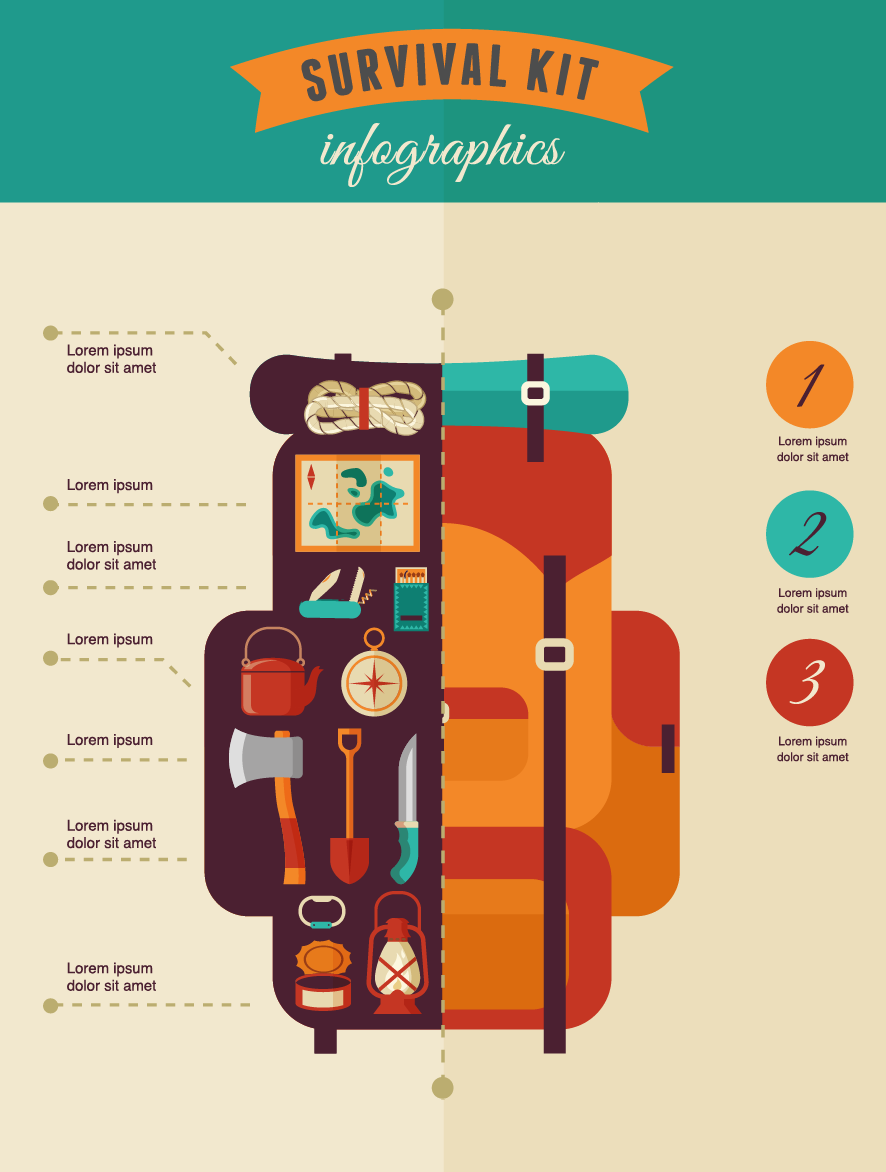From the nomadic tribes of Central Asia to glamping sites worldwide, bell camping tents have become a symbol of rustic adventure. Their legendary shape and large interiors create an ambiance that is both cozy and magnificent.
What is the lightest weight tent?
Their origins can be mapped to army camping tents developed by Henry Hopkins Sibley, who patented the conical canvas sanctuary in 1856. The style was based on the Native American teepee and was designed to be conveniently set up, resilient and portable.
Beginnings
The bell outdoor tents has been a staple for outdoor fanatics given that the 19th century. The style is rooted in armed forces tents that saw solution in the Crimean Battle, and later became preferred with scout groups throughout America. The American Sibley camping tent was a variation of the European bell tent. Its developer, Henry Hopkins Sibley, took motivation from the Native American tepee when developing his variation. His model incorporated a solitary center pole, elevated larger walls and an airing vent cap that enabled smoke from the stove to run away.
Today, modern canvas bell outdoors tents provide a sense of deluxe for camping enthusiasts and are a popular selection for glamping resorts. With a spacious inside and an appealing form, these camping tents can be adorned with furnishings and decoration to produce a comfy and intimate setting for passengers. The circular design additionally helps with wind resistance and enables flexible indoor formats. The easier design with fewer posts and risks makes it simpler to establish camp and transportation to different locations.
Army Use
The Bell Tent was a home-away-from-home for several soldiers in the 18th century. It was made use of on the field of battle as well as for command centres and field hospitals.
Its capability to be rapidly set up in a selection of objective scenarios permitted it to work as an efficient sanctuary and office. Its modular style means it can increase or acquire to fit the needs of various sized teams and missions.
Additionally, it can be easily moved utilizing a range of automobiles and manual transportation, making it a functional choice for large canvas tent army and rescue operations. Its light-weight, small nature likewise makes it easier for soldiers or rescuers to lug and hike throughout complicated terrain to reach their objective site. This conserves important time and sources.
Glamping
With the increase of glamping, bell tents became prominent as an elegant outdoor camping option. Their iconic shape creates an enchanting ambiance and can be fitted with fashionable furnishings to include an additional touch of convenience to your camping experience.
In the 19th century, the military adjusted the design to make it a lot more durable and sensible for use on battle zone and expeditions. Pet hides were replaced by canvas that had actually been treated with waterproofing agents, allowing the bell tent to stand up to rough weather conditions.
The bell outdoor tents's practicality captured the attention of entertainment campers, and it quickly acquired appeal as a tent for camping journeys and other outside occasions. It is now a staple at store camping websites, music celebrations, and eco-resorts, where it offers a blend of fond memories and elegance.
Style
The bell tent's easy layout caught the eye of recreational campers, and it soon came to be a staple among those that intended to experience the outdoors in style. Today, you can locate these functional structures in camping areas and at glamping hideaways throughout the world.
The very first copyrighted version of the bell camping tent was created by Henry Hopkins Sibley during the American Civil Battle, attracting inspiration from Indigenous American tipis. He included a single central post, short side walls, and an aired vent "cap" for smoke from a cooktop to create his ingenious tent.
Gradually, Sibley's layout improved with the enhancement of breathable canvas and various other products that allowed the tent to control its temperature level. Modern bell tents are made from a range of products, consisting of cotton and blends with flame resistant textile to reduce fire risks. Their large insides are perfect for organizing furnishings to develop comfy sleeping areas and lounge areas. They are additionally light-weight and very easy to set up, making them a wonderful choice for novices or any individual seeking a stress-free camping experience.
Are tents waterproof?
